Cart
The Lifesaving Power of CPR: Facts, Risk Factors, and Prevention Strategies
Cardiopulmonary Resuscitation, commonly known as CPR, is a critical lifesaving technique that has saved countless lives since its inception. It is a procedure that is often used when someone’s heart stops or they stop breathing. This article aims to provide an in-depth understanding of CPR, the risk factors that necessitate its use, and how to prevent situations that may require CPR. Understanding CPR CPR is a life-saving medical procedure that is performed when a person’s heart stops beating. It involves chest compressions and rescue breaths to maintain the flow of oxygenated blood to the brain and other vital organs until further measures can be taken to restore spontaneous blood circulation and breathing.
CPR Facts
Importance: According to the American Heart Association, CPR, if performed immediately, can double or even triple the chances of survival after cardiac arrest. It is a crucial step in the chain of survival.
Accessibility: Anyone can learn CPR. While it is a common requirement for many healthcare professionals, non-medical individuals can also be trained in CPR. This includes teachers, coaches, parents, and even teenagers.
Time-Sensitive: The sooner CPR is initiated, the better the victim’s chances of survival. For every minute without CPR, the chance of survival decreases by 7-10%.
Risk Factors for Cardiac Arrest
Understanding the risk factors for cardiac arrest can help prevent situations that may require CPR. These risk factors include:
1. Age: The risk of cardiac arrest increases with age, particularly in men over the age of 45 and women over the age of 55.
2. Heart Disease: Individuals with heart disease or who have had a previous heart attack are at a higher risk.
3. High Blood Pressure and Cholesterol: These conditions can lead to the development of heart disease, increasing the risk of cardiac arrest.
4. Smoking: Smoking damages the heart and blood vessels, increasing the risk of cardiac arrest. 5. Obesity: Excess weight puts additional strain on the heart, increasing the risk of cardiac arrest. Prevention Strategies While some risk factors such as age and family history cannot be changed, many others can be managed through lifestyle changes and medication.
Here are some prevention strategies:
1. Regular Exercise: Regular physical activity helps maintain a healthy weight and reduces the risk of heart disease.
2. Healthy Diet: A diet rich in fruits, vegetables, lean proteins, and whole grains can help prevent high blood pressure and high cholesterol.
3. Regular Check-ups: Regular medical check-ups can help detect conditions that may lead to cardiac arrest early.
4. Quit Smoking: If you smoke, quit. And if you don’t smoke, don’t start. Smoking is one of the most significant risk factors for cardiac arrest.
5. Learn CPR: Lastly, learning CPR can make the difference between life and death for someone experiencing cardiac arrest. In conclusion, understanding CPR, the risk factors for cardiac arrest, and prevention strategies can help save lives. It is a skill that is invaluable and can be learned by anyone. By taking the time to learn CPR, you could one day be the difference between life and death for someone in need.
